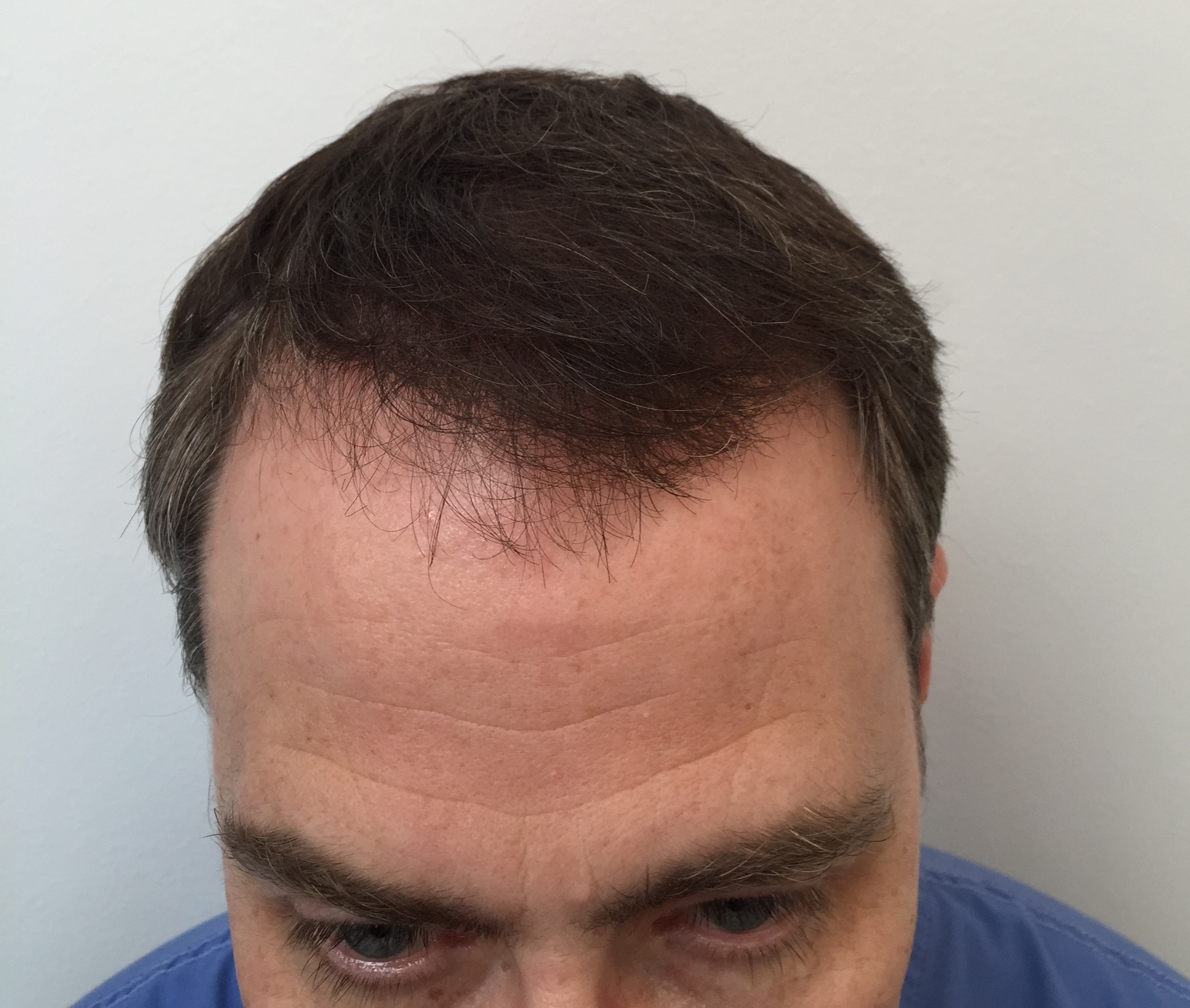Hair dye, typically known for its cosmetic purposes, has unexpectedly emerged as a successful treatment option for lice outbreaks, offering a colorful cure to this persistent problem. While lice infestations are a common issue, especially among school-aged children, traditional treatments often involve chemical-based shampoos and combing out nits meticulously. However, recent studies and anecdotal evidence suggest that hair dye, particularly those containing ammonia or peroxide, can effectively eradicate lice and their eggs, known as nits. The mechanism behind hair dye’s effectiveness lies in its chemical composition. Ammonia and peroxide, commonly found in permanent hair dyes, work by altering the structure of the hair shaft. This process inadvertently affects lice and nits, causing their death or making them easier to remove. The chemicals in hair dye penetrate the exoskeleton of lice, disrupting their respiratory system and ultimately killing them. Similarly, nits are often destroyed or loosened from the hair shaft, facilitating their removal during combing.

One of the advantages of using hair dye for lice treatment is its relatively quick action. Unlike some over-the-counter lice treatments that require multiple applications or hours of combing, hair dye can eliminate lice in a single treatment session. This efficiency can be particularly beneficial for parents and caregivers looking for a swift and reliable solution to manage lice outbreaks, minimizing disruption to daily routines. Furthermore, the use of hair dye for lice treatment may reduce the risk of developing resistance among lice populations. Over time, lice can become resistant to common insecticides found in traditional lice treatments, making them less effective. By utilizing a different mechanism of action, hair dye offers an alternative approach that lice are less likely to develop resistance to, ensuring continued efficacy in managing infestations. It is important to note that while hair dye can be effective against lice, safety considerations should be taken into account. Ammonia and peroxide are strong chemicals that can potentially irritate the scalp and skin, especially in individuals with sensitivities or allergies. Therefore, it is recommended to use hair dye for lice treatment under the guidance of a healthcare professional or a licensed cosmetologist who can ensure proper application and minimize any adverse effects.
Moreover, the cosmetic benefits of hair dye can be an added appeal for individuals undergoing lice treatment. Many hair dyes come in a variety of colors and shades, allowing individuals to temporarily change their hair color while simultaneously addressing a lice infestation. This dual benefit can help boost morale and confidence during what can otherwise be a stressful and inconvenient experience can hair dye kill lice. In conclusion, hair dye has proven to be a surprisingly effective and efficient treatment option for lice outbreaks, offering a colorful cure that extends beyond its traditional cosmetic use. By leveraging the chemical properties of ammonia and peroxide, hair dye can safely and effectively eradicate lice and nits in a single treatment session, providing relief to affected individuals and their families. While safety precautions should be observed, the versatility and rapid action of hair dye make it a valuable tool in the ongoing effort to manage lice infestations and promote better overall hygiene and well-being.





